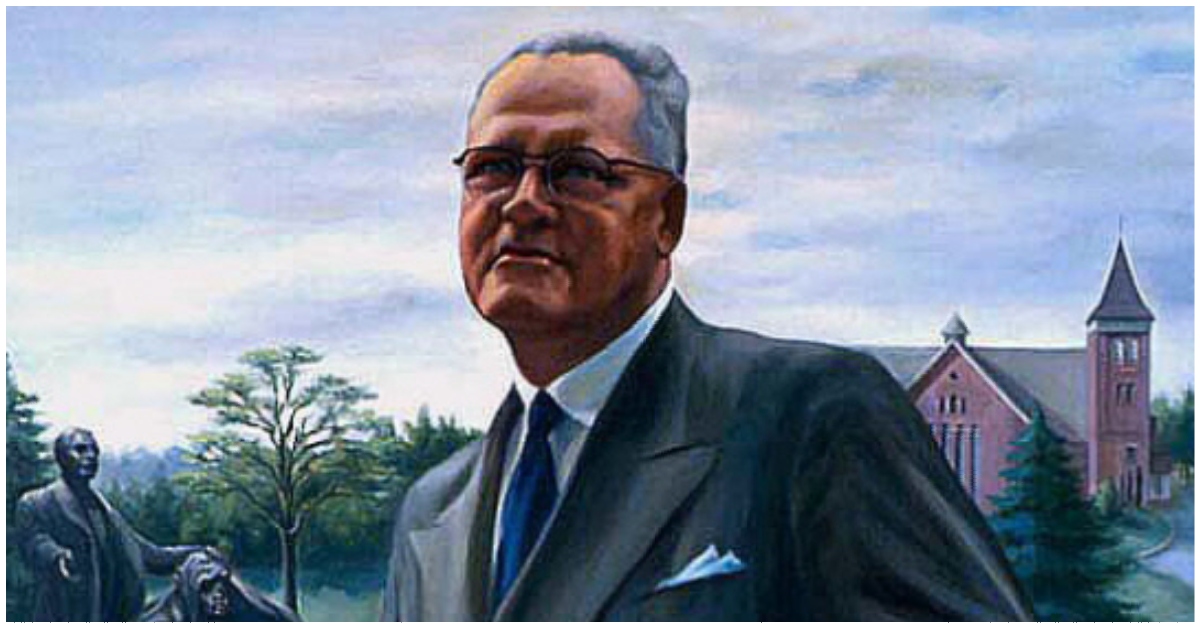The story begins with Charles Richard (C.R.) Patterson, born in Virginia in 1833. After escaping enslavement, Patterson settled in Ohio and started a carriage-building business in 1865 called C.R. Patterson & Sons.
The company initially built carriages and wagons but later expanded into carriage repair and restoration as automobiles rose in popularity in the early 1900s. This allowed C.R. Patterson & Sons to gain valuable expertise with the new automotive technology.
C.R.’s son, Frederick Douglass Patterson, recognized that cars were the future of transportation. When he took over the business after his father’s death in 1910, Frederick began preparations to manufacture automobiles.
Patterson-Greenfield Automobile Manufacturing Begins in 1915
From 1915-1918, C.R. Patterson & Sons produced over 100 vehicles across two models – an open-air roadster and a large 4-door touring car.
Their premier automobile was named the Patterson-Greenfield, debuting in September 1915 with a $850 price tag. The car featured a 40-horsepower engine and had a top speed of 50 miles per hour, which was faster than Ford’s Model T.
However, the Patterson-Greenfields were hand-built and could not compete on cost with Ford’s mass produced Model Ts that had flooded the market. Frederick did create his own assembly line to try increasing efficiency, but ultimately the volume was too low.
Shifts to Buses and Trucks Before Closing in Great Depression
With automobile manufacturing proving difficult to scale, C.R. Patterson & Sons stopped making cars in 1918. Instead, the company focused on manufacturing buses, trucks, and commercial vehicles.
At its peak in the 1920s, the company produced 500 buses per month and employed over 70 workers. However, sales declined during the Great Depression leading the business to permanently shut its doors in 1939 after 74 years of transport manufacturing.
Both Frederick and his father Charles were inducted into the Automotive Hall of Fame in 2021, cementing their legacy as pioneers in Black-owned automotive manufacturing.




